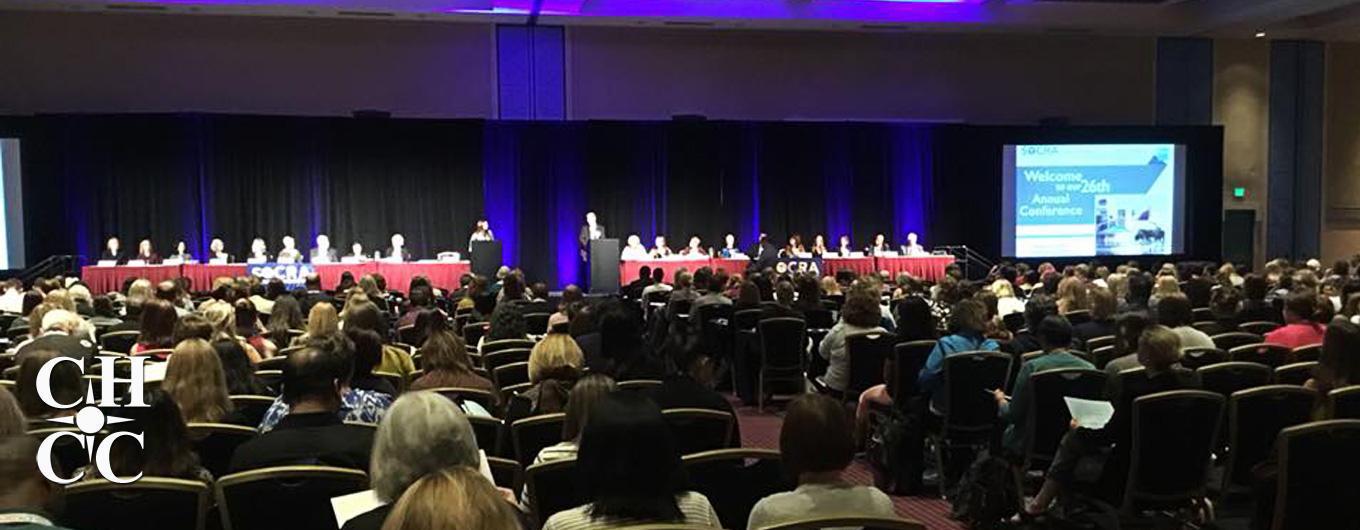
By: Barrie Quappé RN, BSN – Consultant/Director:
The Society of Clinical Research Associates (‘SOCRA’) is a US-based group with a self-described mission of being “a non-profit, charitable and educational membership organization committed to providing education, certification, and networking opportunities to all persons involved in clinical research activities.” Members of SOCRA are comprised of individuals who work in a very exciting field. In fact, one would argue that it is the only field that drives many exciting changes in medicine today.
 I recently attended SOCRA’s 26th Annual Conference to gain education in any new and exciting industry developments and regulatory requirements, as well as to meet some very impressive persons doing incredible work.
I recently attended SOCRA’s 26th Annual Conference to gain education in any new and exciting industry developments and regulatory requirements, as well as to meet some very impressive persons doing incredible work.
The speakers were exemplary. For example, Dr. Robert O’Neill, a senior Statistical Advisor for the Food and Drug Administration, discussed how we drive competency in clinical research, what skill mix we should be looking for, what training is needed, and from which perspective do we view these needs.
Recent changes to US requirements are to ensure human subject protection. There was also an interesting case regarding multiple center studies, where 60 to 70% are being now being performed outside of the USA. Challenges remain to ensure that studies conducted in different countries carry out their protocols in the same way.
Dr. O’Neill noted that: “competence is a culture” and “it’s a team sport.” He also provided some of the more technical requirements by the FDA and pointed out that the data will be analyzed by a biostatistician. One tool that he mentioned, ‘Clue Points’, is used to examine the various trial sites for consistency, etc. He also mentioned ‘J Review’, which is used to analyze data.
In addition, Dr. Rentz from Harvard Medical School gave an update on Alzheimer’s Disease research. Specifically, she reviewed PET Amyloid and TAU imaging and shared how these have both increased understanding of the disease and have provided visuals of what happens to the brain in real-time instead of having to wait for pathology after death. While she is very hopeful regarding these methods, researchers remain in a race against time.
Finally, David Forster from Western IRB gave an excellent overview of the Common Rule (45 CFR 46) and introduced the new rule that came out on 19th January 2017. The FDA, however, has yet to sign on to it. Regardless, it was still useful to gain insight into these upcoming changes. He also noted that both biospecimens and identifiable private information are now required. This is in part due to the Henrietta Lacks case, now well known thanks in part to the work of journalist Rebecca Sloot entitled “The Immortal Life”. (My two cents are if you haven’t read this and you are in clinical research, you should! Disclaimer: I do not profit from this recommendations in any way.)
That’s a first glimpse. I’ll share more in an upcoming edition!
Need Assistance with your People, Policies or Facilities?
Click Here to Contact Cayman Healthcare Consulting Today!
or simply call 1-345-916-9800
